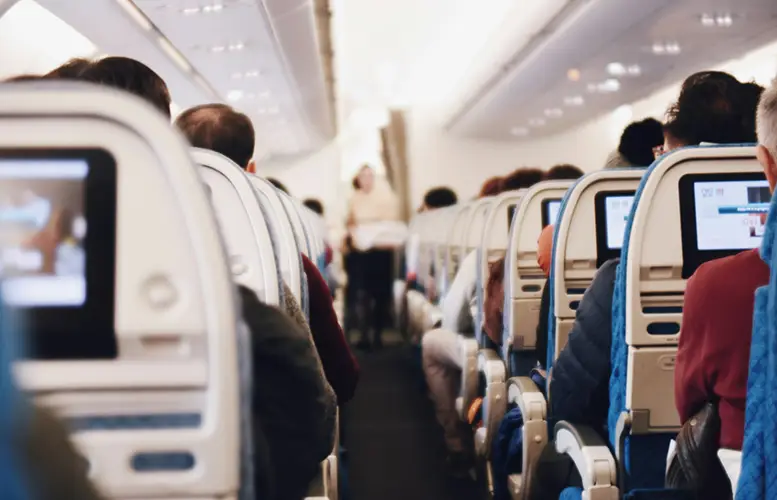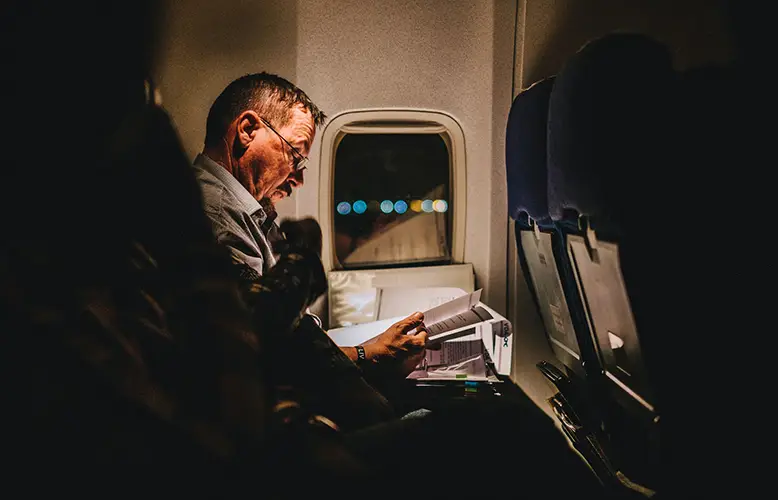Embarking on an air journey often presents a packing conundrum. Understanding the dos and don’ts of what to bring along can simplify the process and enhance the enjoyment of your trip. This guide is designed to offer practical tips and vital information to assist you in packing with confidence for your upcoming flight. Additionally, to ensure you get the best deals on your air travel, it’s advisable to use services that specialize in searching and comparing ticket prices, such as tickets.ee. This can help you find the most affordable options for your journey, allowing you to allocate more of your budget to other aspects of your trip.

Carry-On Luggage
Most airlines allow passengers to bring along one carry-on bag and one personal item, which could be a handbag or a laptop bag, for their journey. These items must be sized appropriately to fit either in the overhead storage compartment or neatly under the seat in front of you. To ensure a comfortable and pleasant flight experience, it is recommended to include essential items in your carry-on luggage. Such essentials might include a soft neck pillow for support during the flight, a pair of earphones to enjoy music or movies, and a lightweight blanket to stay warm in the cool cabin air. Packing these items can make your travel more enjoyable and help you arrive at your destination feeling refreshed and relaxed.
Clothing

Choose clothing that is both comfortable and adaptable to the changing temperature of the aircraft cabin, such as layers of clothing. Choose shoes that will provide ease and comfort when navigating the airport’s vast corridors and long pedestrian walkways. It’s a smart idea to include an extra set of clothing in your carry-on to prepare for any unforeseen circumstances, such as delays in retrieving your checked baggage upon arrival at your destination. This kind of forethought can help ensure a smoother and more enjoyable trip, allowing you to adapt to any situation that may arise during your trip.
Electronics
Passengers are permitted to carry electronic gadgets such as laptops, tablets, and cameras in their carry-on luggage. However, be prepared to remove these devices for separate security screening at the checkpoint. To ensure your electronic devices remain operational throughout your flight, it’s advisable to pack a portable charger. This can be particularly helpful in maintaining battery life during long-haul flights or when in-flight power outlets are not available. Having a portable charger on hand can keep you connected and entertained, making your travel experience more enjoyable.

Liquids and Gels
The TSA’s 3-1-1 rule limits liquids, gels, and aerosols in carry-on bags to containers of 3.4 ounces (100 milliliters) or less, all fitting in a single quart-sized, clear plastic bag. This includes toiletries, hand sanitizers, and similar items. Declare larger quantities of medically necessary liquids at security.
Medications
It is advisable to pack both prescription and non-prescription medications in your carry-on luggage, ensuring they are in their original containers with clear labeling. This can facilitate a smoother security check process and help in case of any medical inquiries during your journey. Additionally, if you have any special medical equipment such as syringes for insulin or cooling packs for temperature-sensitive medications, it’s important to communicate this to TSA officers at the security checkpoint. Providing this information upfront can help avoid any delays and ensure that you have all necessary medical supplies easily accessible during your flight.
Food
Passengers are permitted to bring solid food items, including sandwiches and fruits, onboard the aircraft. However, it is important to note that any liquid or gel-like food items must comply with the TSA’s 3-1-1 rule, which requires these items to be in containers of 3.4 ounces or less and placed in a clear, quart-sized bag. By packing your own snacks, you can ensure that you have access to food that meets your dietary preferences and needs during the flight. This can be especially beneficial for those with specific dietary restrictions or for anyone looking to avoid purchasing in-flight meals.

Prohibited Items
Items such as sharp objects, firearms, explosive materials, and specific chemicals are strictly prohibited in carry-on luggage due to safety concerns. It is crucial to consult the Transportation Security Administration (TSA) website and review your airline’s specific guidelines to ensure you are fully aware of the complete list of items that are not permitted on board. This precautionary measure helps maintain the safety and security of all passengers and crew during the flight. Additionally, being informed about these regulations can prevent any potential delays or complications at the security checkpoint.

Conclusion
Preparing for a flight involves more than just packing your suitcase. Knowing what you can and cannot bring on board is crucial for a hassle-free airport experience. By following these guidelines and staying informed about the latest regulations, you can ensure a smooth and enjoyable journey.





